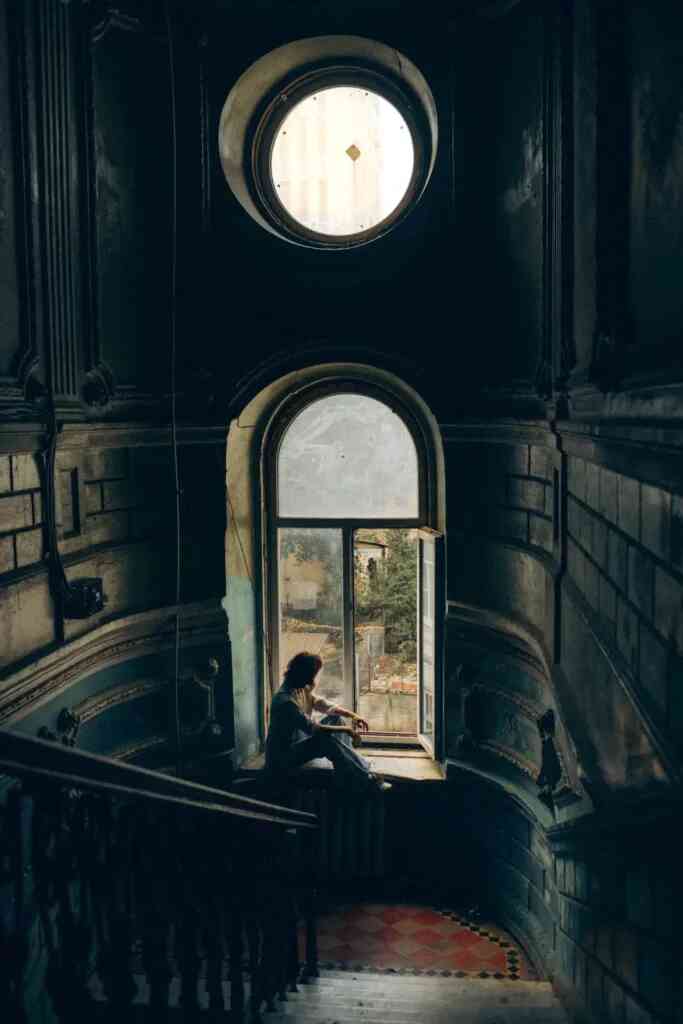Resurrection of the Past: Creative Ways to Upcycle Old Furniture
Breathe New Life into Cherished Possessions
Old furniture, like a melody from a forgotten era, holds stories and memories within its weathered frame. Rather than consigning these pieces to oblivion, why not embark on an upcycling journey, transforming them into fresh, functional expressions of art? Upcycling breathes new life into old furniture, reducing waste, saving money, and adding a touch of individuality to your home.
Unleashing Your Creative Spirit
Upcycling is an art form that invites experimentation and innovation. It’s not just about slapping a coat of paint on an old dresser; it’s about envisioning new possibilities, blending the old with the new, and creating something truly unique. The options are endless, allowing you to unleash your creativity and make a statement that reflects your personal style.
Beyond Aesthetics: The Practicality of Upcycling
While upcycling undoubtedly enhances the visual appeal of old furniture, it also offers a multitude of practical benefits. By upcycling, you:
- Save Money: Upcycling is a cost-effective way to revamp your furniture. Instead of purchasing new pieces, you can breathe new life into existing ones for a fraction of the cost.
- Reduce Waste: By upcycling, you divert old furniture from landfills, reducing waste and contributing to a more sustainable lifestyle.
- Create Unique Pieces: Upcycled furniture is one-of-a-kind, reflecting your personal taste and creativity. It adds character and charm to your home, making it a conversation starter among guests.
- Preserve History: Upcycling allows you to preserve the history and sentimental value of old furniture. By giving it a new lease on life, you keep the memories and stories associated with it alive.
A Journey of Transformation: Step-by-Step Guide to Upcycling Furniture
Upcycling furniture is a rewarding process that requires careful planning, creativity, and a bit of elbow grease. Here’s a step-by-step guide to get you started:
1. Choose the Right Piece:
Select furniture with good bones and sturdy construction. Avoid pieces that are too damaged or structurally unsound.
2. Clean and Repair:
Thoroughly clean the furniture to remove dirt, grime, and old finishes. Make any necessary repairs, such as tightening loose joints or replacing broken hardware.
3. Remove Old Finish:
If you’re planning to paint or stain the furniture, you’ll need to remove the old finish. This can be done using a chemical stripper or by sanding.
4. Sand and Prepare:
Sand the furniture to smooth out any rough edges and create a smooth surface for painting or staining. Use fine-grit sandpaper for a smooth finish.
5. Paint or Stain:
Choose a paint or stain that complements your decor and personal style. Apply multiple coats for even coverage and a durable finish.
6. Add Hardware:
Replace old hardware with new, stylish pieces. Knobs, handles, and drawer pulls can dramatically change the look of a piece of furniture.
7. Embellish and Personalize:
Add your personal touch by embellishing the furniture with stencils, decoupage, or appliques. You can also add a fresh coat of wax or varnish to protect the finish.
The Upcycling Revolution: A Call to Action
Upcycling furniture is more than just a creative endeavor; it’s a revolutionary act that challenges the notion of disposability and promotes sustainability. By upcycling, you become part of a movement that values craftsmanship, uniqueness, and environmental responsibility. So, embrace the upcycling spirit, breathe new life into your old furniture, and create a home that reflects your individuality while making a positive impact on the planet.
